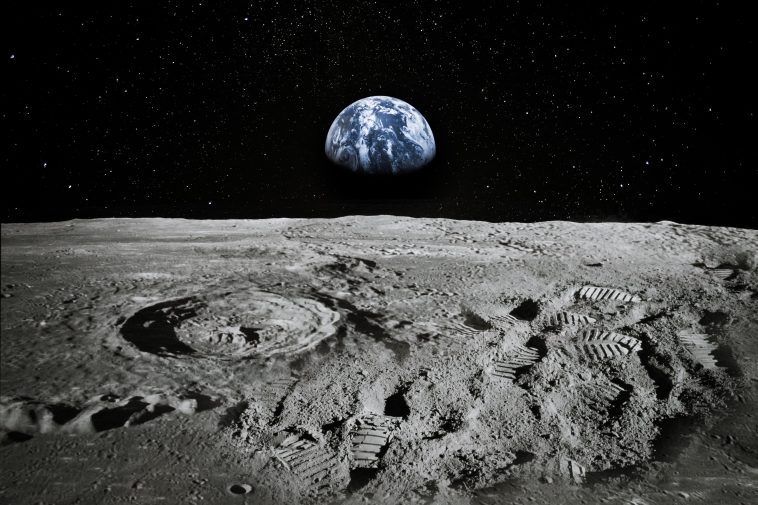After thousands of years of wind, sun and rain, a hard rock will eventually weather into fertile soil. Weathering, although imperceptible for a short period of time, has been changing the topography of the earth.
Weathering not only on Earth, but also on the Moon is being played out every day. Using a variety of electron microscopy techniques, Chinese researchers “see clearly” the space weathering mechanism behind the Chang’e-5 lunar samples. The related research results were recently published online in “Geophysical Research Letters”.
“For billions of years, the lunar surface has been subjected to intense space weathering, including micrometeorite impacts, solar wind, and radiation from galactic cosmic rays. These processes have dramatically altered the morphology, structure, and chemical composition of materials on the lunar surface.”, China Institute of Geology and Geophysics, Academy of Sciences
Similar to the soil on the earth, which is mainly evolved from the weathering of rocks, the lunar soil is also formed by the long-term space weathering of lunar rocks. Therefore, by studying the lunar soil, we can deeply understand the interaction process and mechanism of impact and solar wind radiation and materials on the lunar surface, and understand the evolution of materials on the lunar surface and the changes in the space environment.
However, “due to the small size and complex microstructure of lunar soil particles, it is difficult to distinguish the characteristic differences between micrometeorite impacts and solar wind irradiation. At present, scientists’ understanding of the mechanism of space weathering is not clear enough.” Gu Lixin emphasized.
More importantly, the samples collected by the American Apollo program and the Soviet Luna rover were all in the low latitude range of the moon, while the Chang’e 5 sampling point was in the middle latitudes. Gu Lixin said that the Chang’e-5 samples provided a unique perspective for the study of space weathering at different latitudes of the moon.
To this end, the researchers used a series of analysis methods such as single particle sample manipulation, scanning electron microscope topography observation, focused ion beam fine processing, and transmission electron microscope structure analysis to obtain silicates and oxides on the surface of a single Chang’e-5 lunar soil particle. , information on space weathering of phosphates and sulfides.
“These substances on the soil particles in the same moon are uniformly affected by the radiation conditions in space, which provides a basis for our comparative study.” Gu Lixin said.
The research results show that the mineral phases on the surface of lunar soil grains exposed for a long time have redeposit layers rich in silicon and oxygen elements, and the lower layer is the layer damaged by solar wind irradiation. However, “the changes in the structure and chemical composition of the layer damaged by solar wind irradiation are related to the types of matrix minerals.” Gu Lixin emphasized.
Combined with the analysis of the morphology and internal structure of silicates, oxides, phosphates and other substances on the surface of single particles, the study found that the space weathering of lunar soil is mainly caused by micrometeorite impacts, solar wind and cosmic rays irradiation and other factors. collective effect. “However, the respective contributions of these effects can only be distinguished with the help of fine morphological and structural characterization.” Gu Lixin said frankly.
By comparing with the analysis results of the Apollo samples, the researchers found that the surface microstructure characteristics of the Chang’e-5 lunar samples and the Apollo samples did not show significant differences. “This provides more understanding of space weathering in the lunar mid-latitude, and also provides support for the applicability of the lunar remote sensing spectral correction model in the lunar mid-latitude.” Gu Lixin said.
However, the similarity of the microstructure does not mean that there is no difference in the water injected by the solar wind preserved on the surface of the lunar soil, and further research is needed on the water injected by the solar wind.
At the same time, Gu Lixin said that due to the diversity of space weathering effects, when extending the space weathering model of the moon to other planets without atmospheres, it is also necessary to consider the complexity of planetary material composition and space environment.




GIPHY App Key not set. Please check settings